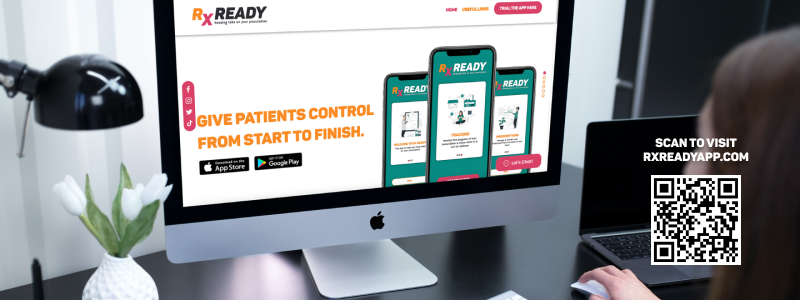

Hey, I'm Courtney, a metal girl with tattoos and an enthusiasm for coffee, dogs and the US Office.
I'm a UI/UX Designer currently working at Core Systems NI where I have plans to further my skill set and learn more about becoming a UI/Front-End Developer.
From a young age I've had an artistic passion and an eye for detail. From studying A-Level Art to then completing a HND in Graphic Design at Belfast Metropolitan College, which lead me to my IXD journey after discovering my interest and love for digital design.

Innovative design is transforming the way in which we receive healthcare. As healthcare evolves, areas such as telemedicine, wearable technology and the implementation of AI chatbots are becoming more common. Over time more patients should be able to access medical information and advice without needing face-to-face contact.
When the COVID-19 pandemic reached the UK in January of 2020, a rapid change in approach to the deliverance of healthcare was necessary. With the introduction of national lockdowns, social distancing and stay at home orders, healthcare professionals and patients were unable to follow normal procedures and therefore had to adapt as more and more services had to move online in order to reduce the infection rates.
My idea for my major project stemmed from my own personal experiences and pain points as a user of the NHS and the repeat prescription services.
The solution I've come up with is RX Ready, a prescription management app that allows its users to keep tabs on their prescriptions with ease.
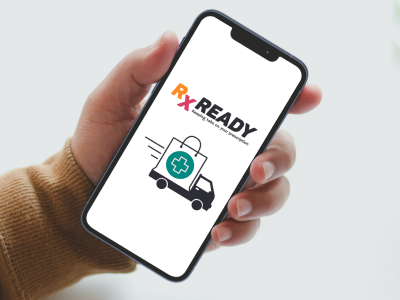
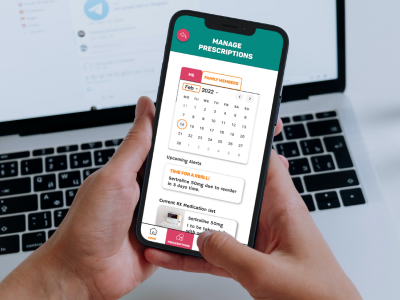
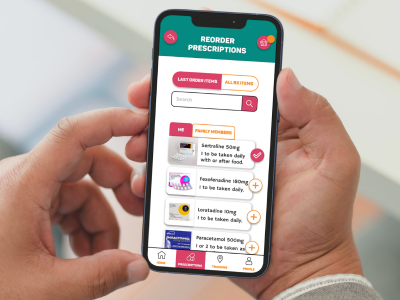

RX Ready is a mobile application that focuses on facilitating a management system, a reordering service and a live progress tracker for patients repeat prescriptions. The purpose of RX Ready is to provide patient relief by giving them an always available source to manage their prescriptions. Giving them control from start to finish.
The management system provides patients with an overview of their current repeat prescription medications as well as the ability to set up personalised alerts/reminders for when to take or reorder their medication. It also allows family members to be added to the same account in order to make life easier by managing everyone’s prescription needs with just the click of a button.
The reordering service keeps track of the patients order history to make their reordering process faster and easier.
And finally the progress tracker, which provides a live status of a prescriptions whereabouts, even whilst out for delivery. Within the tracker there is a notes section that facilitates contact and updates between GPs/Pharmacists and their patients. The purpose of this section is to provide transparency to patients and hopefully reduce instances of patient frustration and relieve pressures on an already strained healthcare service.
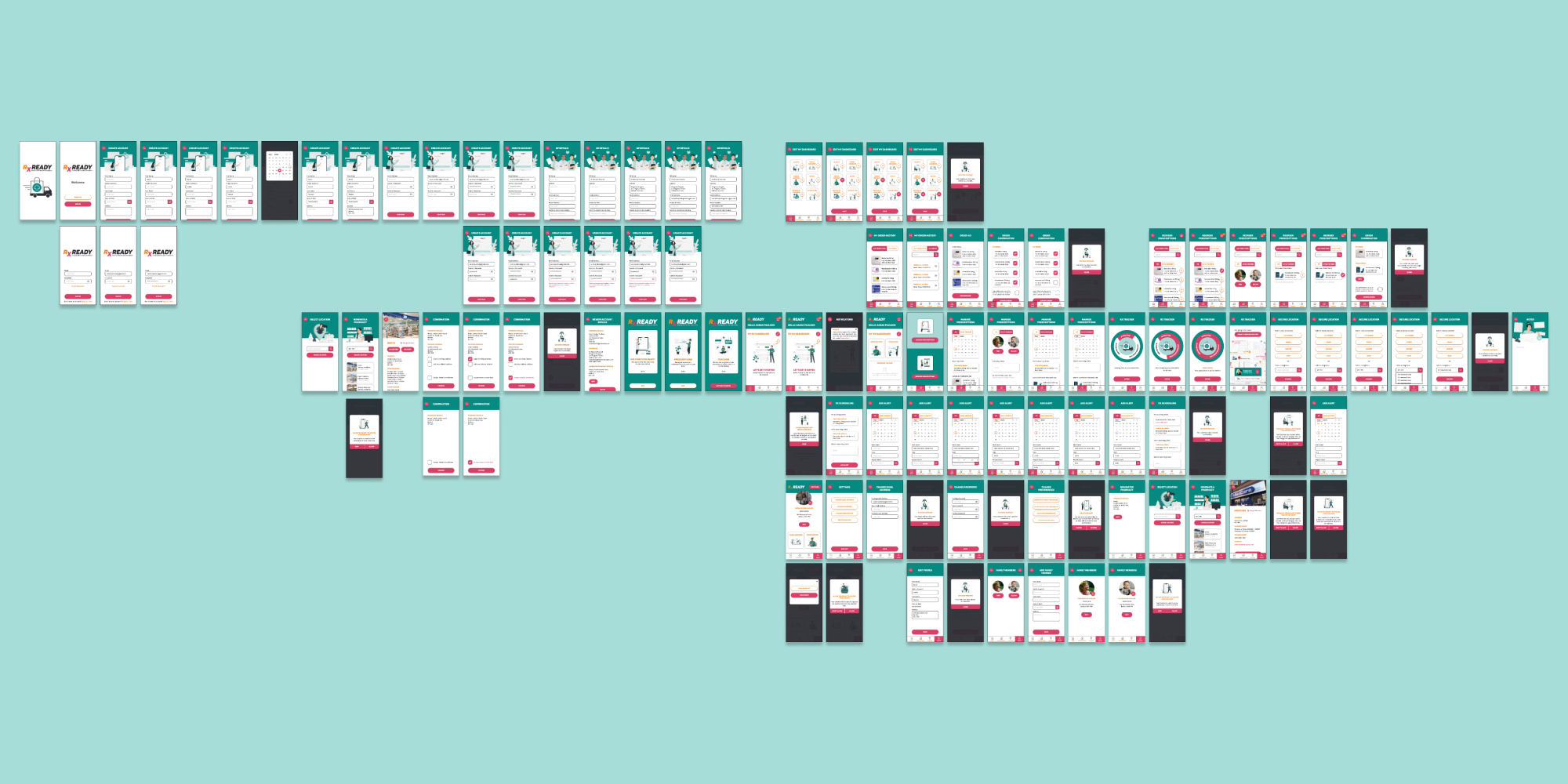
In order to see if my product would be worth exploring, I conducted user surveys online in hopes of receiving feedback from potential user groups. As a result, i gathered responses from 5 people who work within the healthcare sector and 100% of my participants responding that they think my application would be worth pursuing.
From this point, I started mapping out my user journeys and user flows to get a grasp on how RX Ready would benefit its users and the process it would take them to complete each feature of the application. The primary tool I used for creating my prototype was Figma, however I also used tools such as pen and paper to start, Notion to research, Sketch to come up with branding, Miro for user flows and journey maps, Google Forms to complete online user surveys and Maze to conduct user testing at a later stage.
During my design process, I completed three or four variations of RX Ready, low-fi, mid-fid and two versions of high-fi as a result from feedback. During my high-fi stages, I realised that my illustration skills weren’t up to scratch and due to my perfectionist nature, I knew after a few attempts of my own that it would take too much time to illustrate all the areas I wanted throughout RX Ready. So I sourced my illustrations from Storyset, a free online service with customisable artwork.
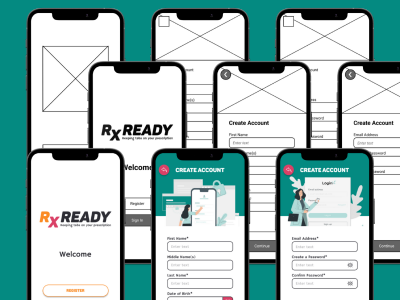
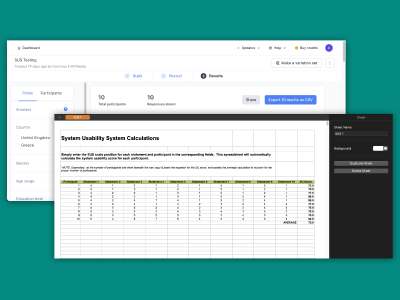
Feedback has been an important part of my design process.
I completed user testing using an online tool called Maze at mid and high-fi versions of my application. Performing this round of user testing resulted in helpful feedback from design members on Slack as well as guidance from my lecturer Dr Kyle Boyd and my classmates.
Once I'd completed the updates to the latest iteration of RX Ready, I then performed SUS testing, both in person and online, by asking those completing my user testing on Maze to also fill out responses to a SUS questionnaire I'd set up using Usability Hub. For those in person, I set up a recording on my MacBook and noted their process as they completed the set tasks. After completing the in person testing, I asked my participants to respond to the same set of questions I’d used on Usability Hub before I calculating my SUS score which was 75. A score that I was very pleased with.
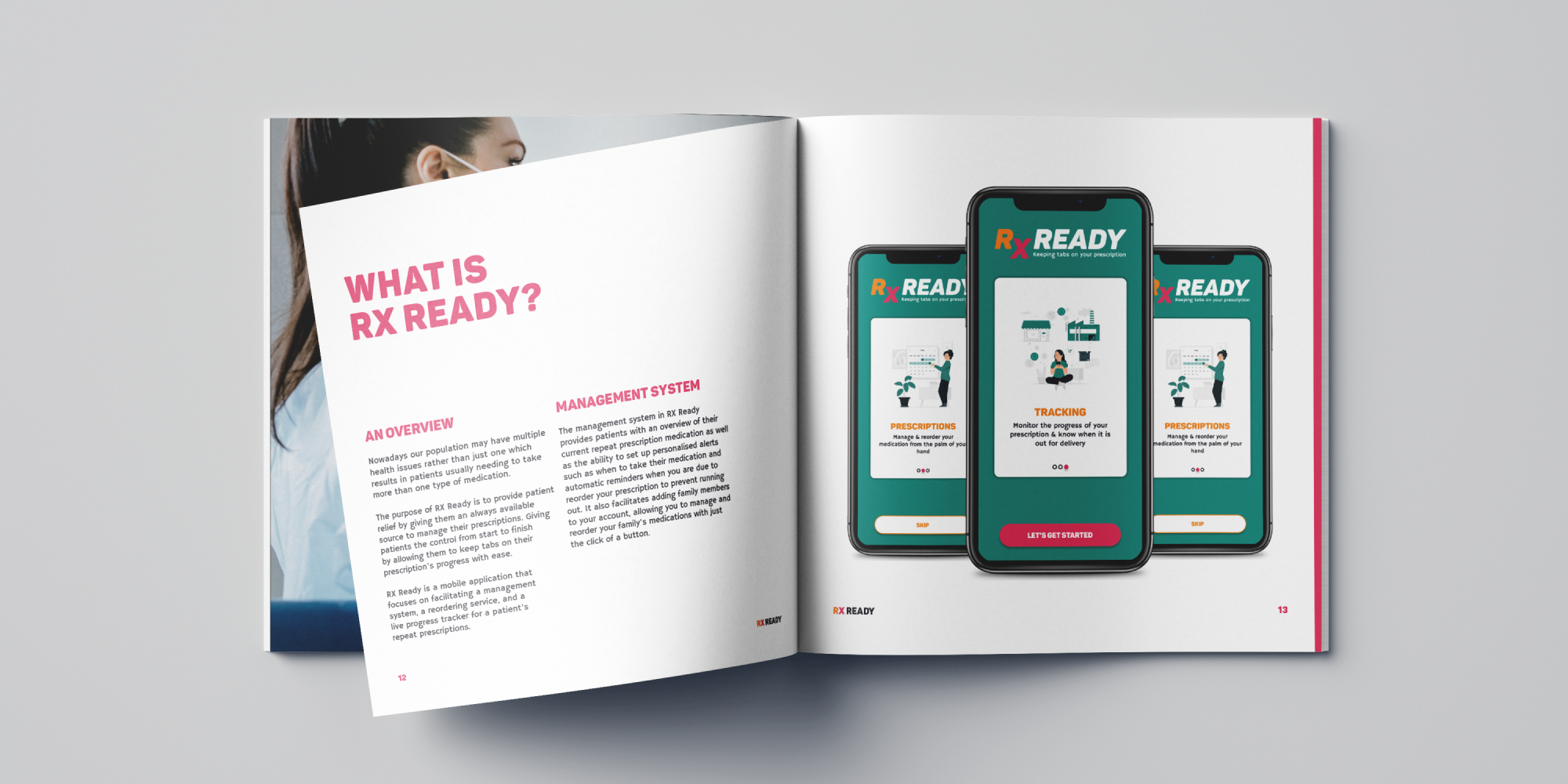
Although RX Ready is only a highly thought-out concept at this stage, the future for RX Ready as a real application is broad as I believe it has the potential to work as a multiple device type application as well as it being built for multiple user types.
Through user research feedback I was able to establish the need and want for a product like this on the market as there currently isn’t one that facilitates in every area identified in RX Ready.
I found the process of this project enjoyable, stressful (at times) and enlightening as to my capabilities as a designer as I was able to completely build out a concept from start to finish. I started this project wanting to strengthen my skills in UX and research gathering as this was an area I had previously neglected and I now feel a lot more confident in this area of work.
To find out more about the RX Ready project, scan the QR Code below or visit www.rxreadyapp.com today!
